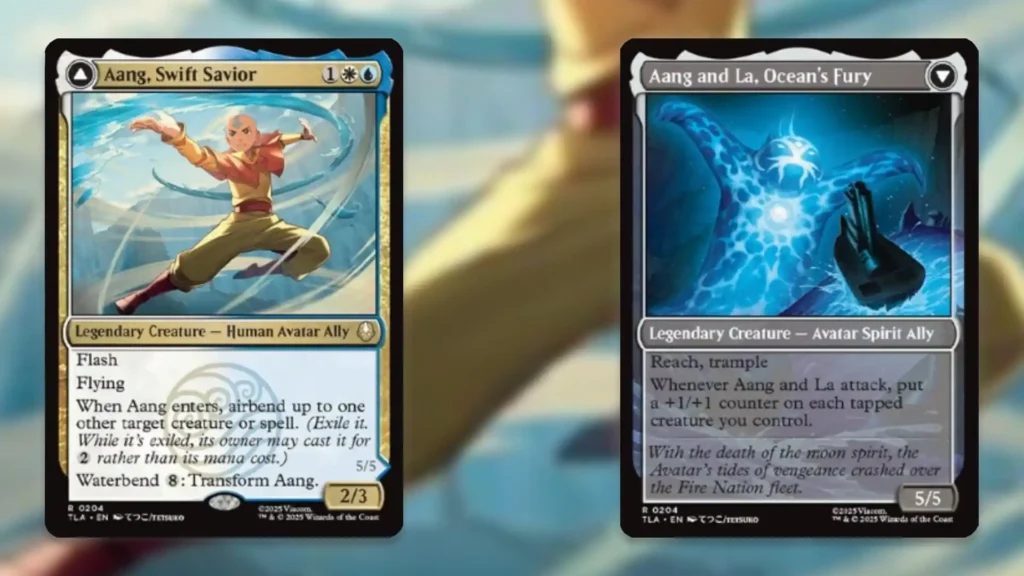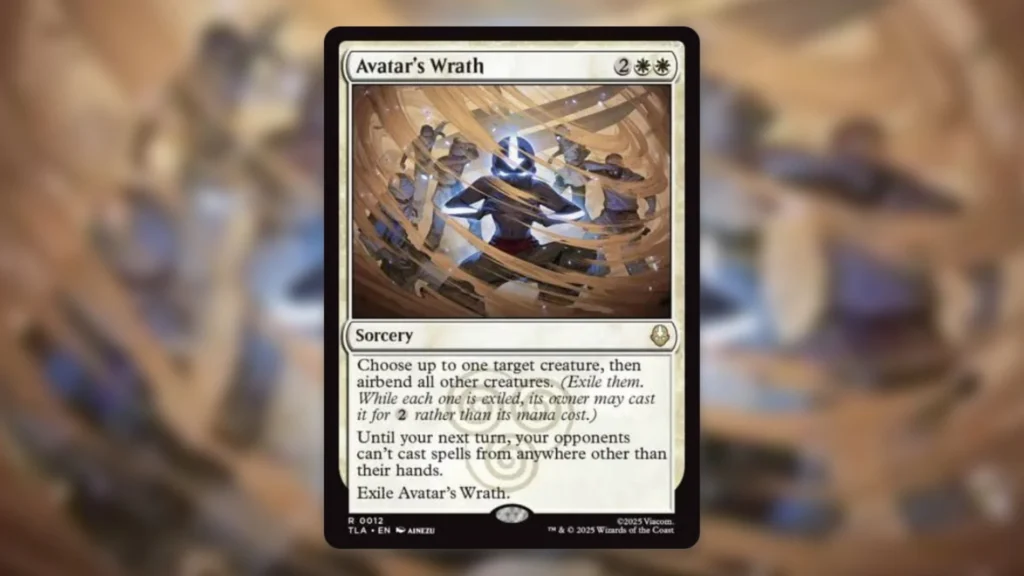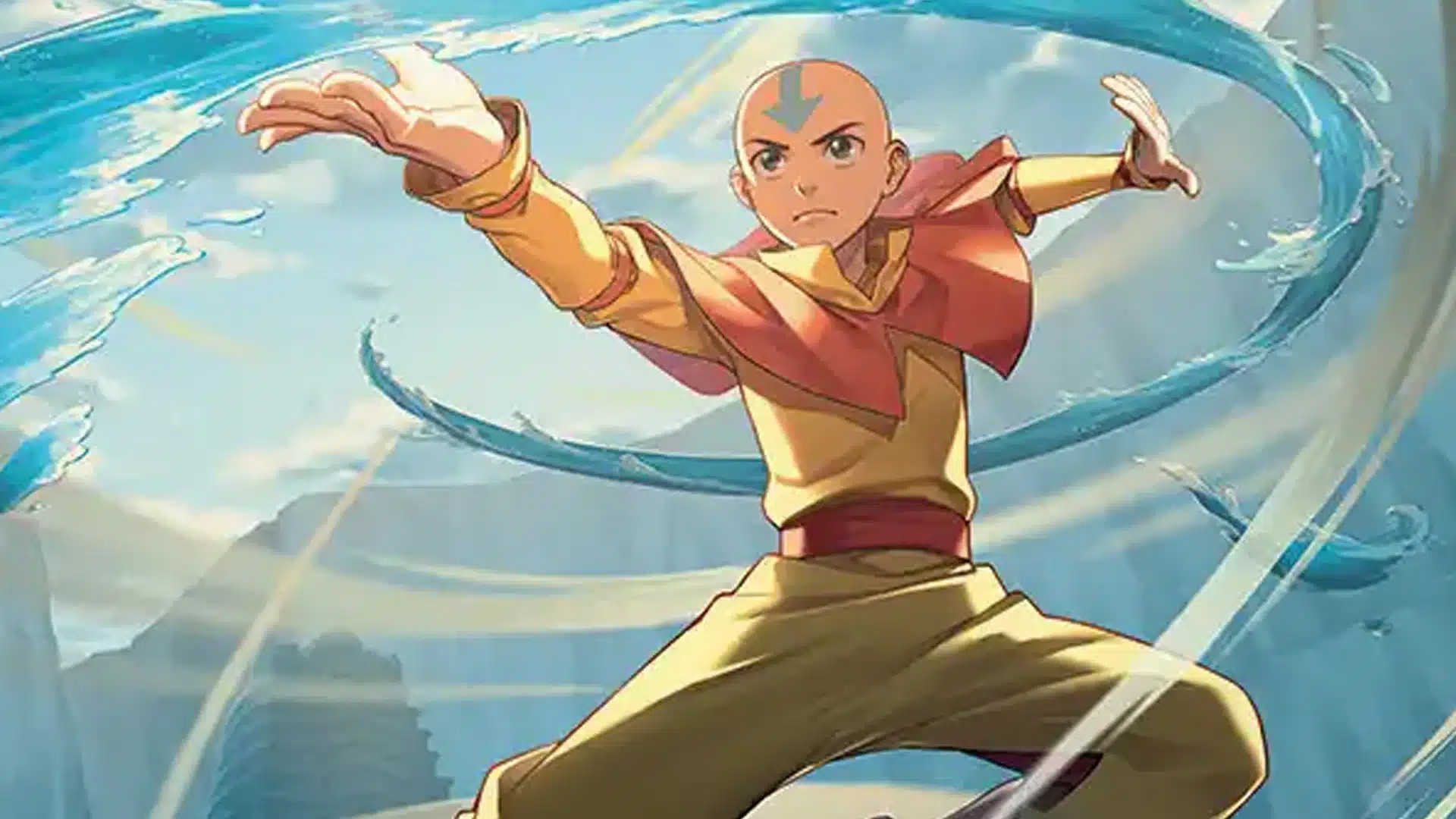Unsurprisingly, the release of MTG Avatar brought major changes to the Standard metagame. While some well-established archetypes like Simic Aggro and Dimir Midrange are still popular, other decks like Bant Airbending Combo and Boros Firebending Aggro have burst onto the scene, too.
In fact, thanks to the power of some potent rares from the set, a cool take on Azorius Flash has emerged as a promising archetype. Following a third-place finish in a 363-player event in Japan, Azorius Flash is showcasing it has what it takes to hang with the other top dogs.
Interactive Tempo Plays

Over the last year, nearly every Standard set has added at least one solid instant-speed play for Azorius into the format. Murders at Karlov Manor brought us No More Lies, which has proven to be an incredible source of counter magic. Following this, Outlaws of Thunder Junction added Aven Interrupter into the mix as a solid tempo play. Once you combine these tools with the regular Duskmourn powerhouses like Floodpits Drowner and Enduring Curiosity, there’s no denying that Azorius tempo decks have enough tools to work with.
The problem is that the incentives to play Azorius instead of Dimir weren’t really there. After all, replacing Kaito, Bane of Nightmares and the elite removal suite that black provides is difficult. Thanks to the release of MTG Avatar, though, we’ve been given some elite white options that shore up some of Azorius’s previous weaknesses.
Aang, Swift Savior is definitely the most important piece of the puzzle. What makes Aang so strong is that, unlike Aven Interrupter, this Ally can meaningfully interact with threats that are already on the board. This helps prevent you from falling too far behind against aggro decks. Of course, Aang also pairs perfectly with Aven Interrupter, which taxes Airbent cards your opponent’s own, making them harder to cast. Add in the benefit of blinking out your own creatures in response to opposing removal spells, and you’ve got a solid game plan.
To further bolster the three-mana slot, the release of Aang’s Iceberg gives this deck a clean answer to nearly every card your opponent could play. The fact that Iceberg has Flash means that it not only plays well with your other cards by allowing you to play reactively, but it also deals with Innkeeper’s Talent or Ouroboroid the turn they hit the table, before they generate any value.
Between Iceberg, Aang, and Get Lost, you have plenty of ways to keep opposing threats off the table at least temporarily. The key to maximizing these effects is to continue applying pressure so you can cement your advantage as your opponent remains off-balance. Luckily, this deck delivers in this department as well.
Keeping the Pressure On

Before you get to turn three, where you have a wealth of disruptive elements at the ready that your opponent needs to play around, you really want to stick a threat. For Azorius Flash, there’s no better creature to jam on turn two than Voice of Victory. In addition to attacking for a decent chunk of damage, because it forces your opponent to only play spells during their turn, your opponent is essentially forced to play into your open mana on future turns. If that weren’t enough, Voice pairs perfectly with Enduring Curiosity by spreading the damage across three bodies when it attacks.
In conjunction with Floodpits Drowner and Spyglass Siren, this deck has enough early plays to put most opposing archetypes on the back foot. There are some decks like Simic Aggro, however, that are capable of quickly creating a wide enough board state that’s extremely difficult to race. Any draws involving Jackal, Genius Geneticist, for example, threaten to overwhelm your interactive suite.
Luckily, once again, MTG Avatar comes in clutch with the addition of Avatar’s Wrath. Don’t let the name fool you, this isn’t your traditional board wipe. Instead, the goal is to keep one of your prominent attackers on board and Airbend all of your opponent’s creatures at the same time. You then get a temporary reprieve where your opponent can’t recast any of their exiled creatures for a turn cycle.
This obviously lets you keep attacking since you cleared away a ton of your opponent’s blockers, but it also gives you enough time to set up a timely Aven Interrupter and make it tough for your opponent to replay their cards in an efficient manner. All of your cards synergize well with one another, which is a huge boon in a deck like this.
An Incredible Performance

With the addition of these MTG Avatar rares, Azorius Flash’s matchup spread has improved quite a bit. This deck is fast and disruptive enough to keep Simic Omniscience Combo at bay, and the presence of Enduring Curiosity gives you the chance to out-grind Dimir Midrange. At the same time, all of your Flash creatures shine against Azorius Control, and Voice makes using counterspells a nightmare for the opponent.
This doesn’t mean that the deck doesn’t have some weaknesses. As good as Aang and Aang’s Iceberg are, they are a bit clunky, which can come back to bite you versus blazing starts from Gruul Leyline Aggro. With so many three-toughness creatures in your deck, it can also be a bit tough playing through Nowhere to Run repeatedly out of Orzhov Self-Bounce.
The good news is that your sideboard cards, such as Seam Rip and Enduring Innocence, work overtime in these matchups, respectively. In this sense, Azorius Flash has game against nearly every top strategy in Standard right now. The deck’s amazing result this past weekend showcases just how rewarding it can be to think outside the box, and we wouldn’t be shocked if Azorius Flash continues to pick up steam in the coming weeks.
Stick with us here at mtgrocks.com: the best site for Magic: The Gathering coverage. Be sure to check out our deckbuilder for your next big brew!
